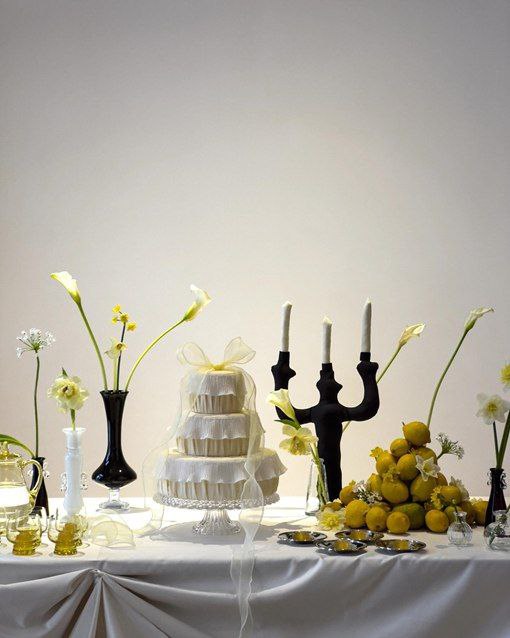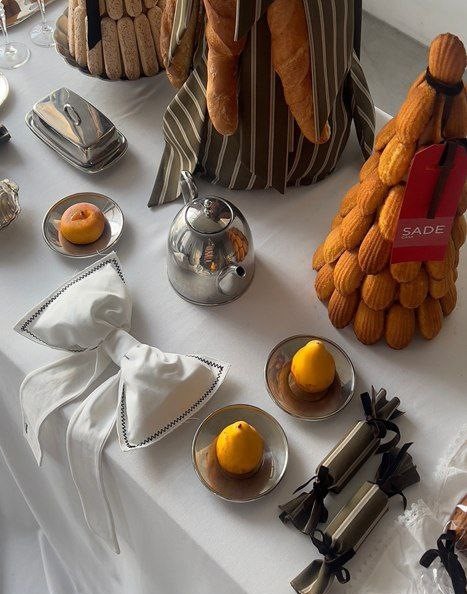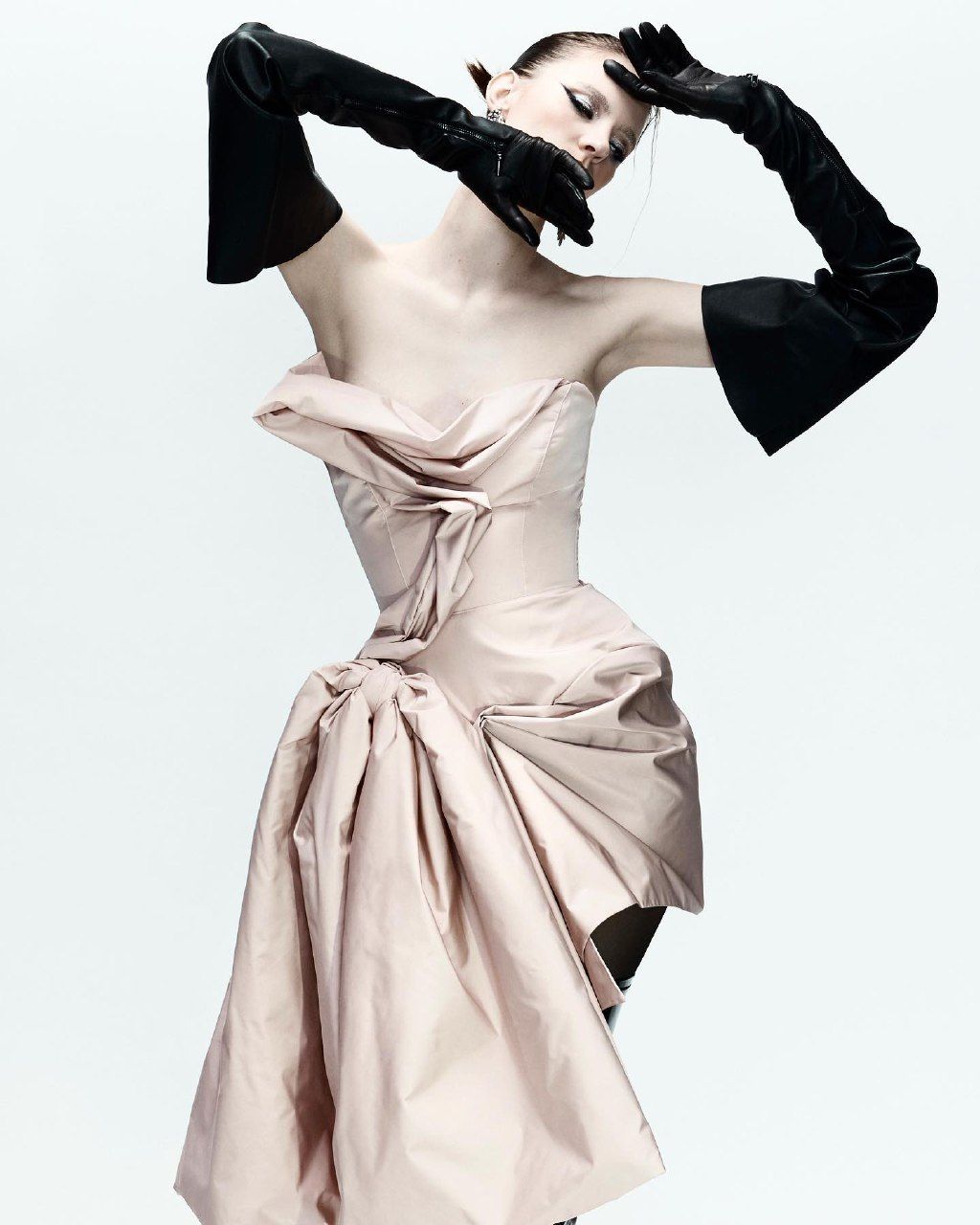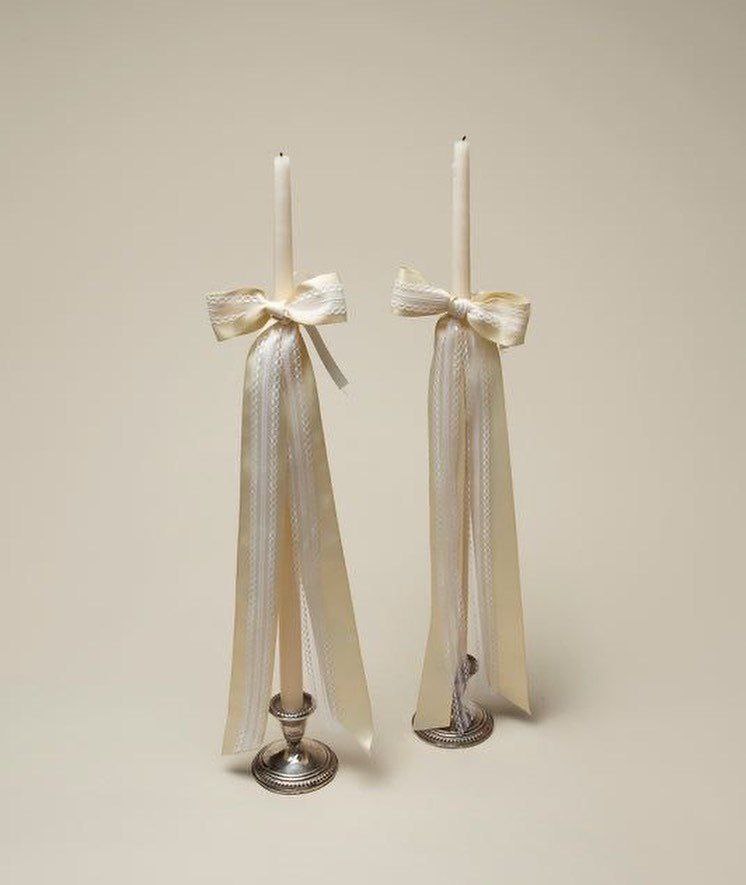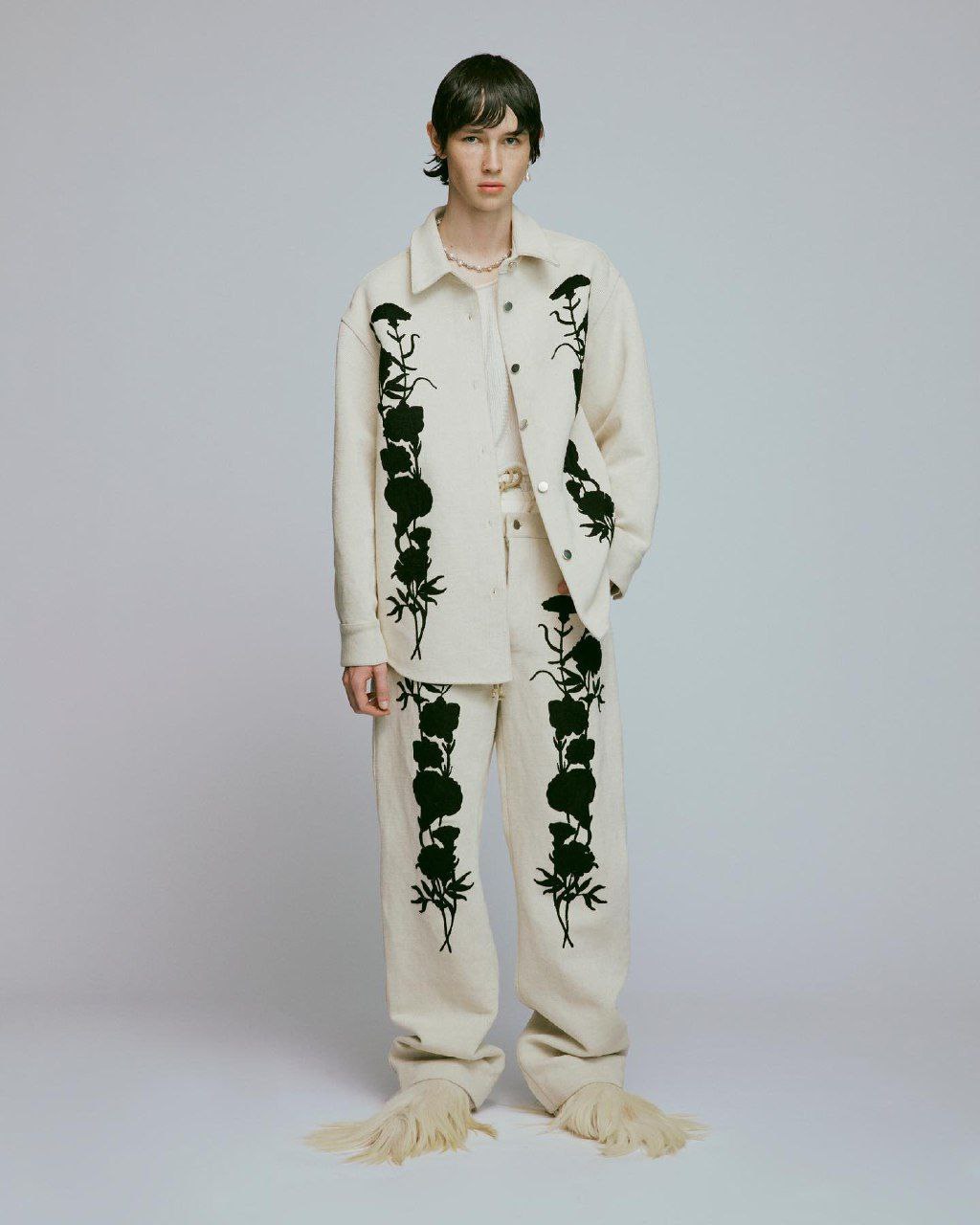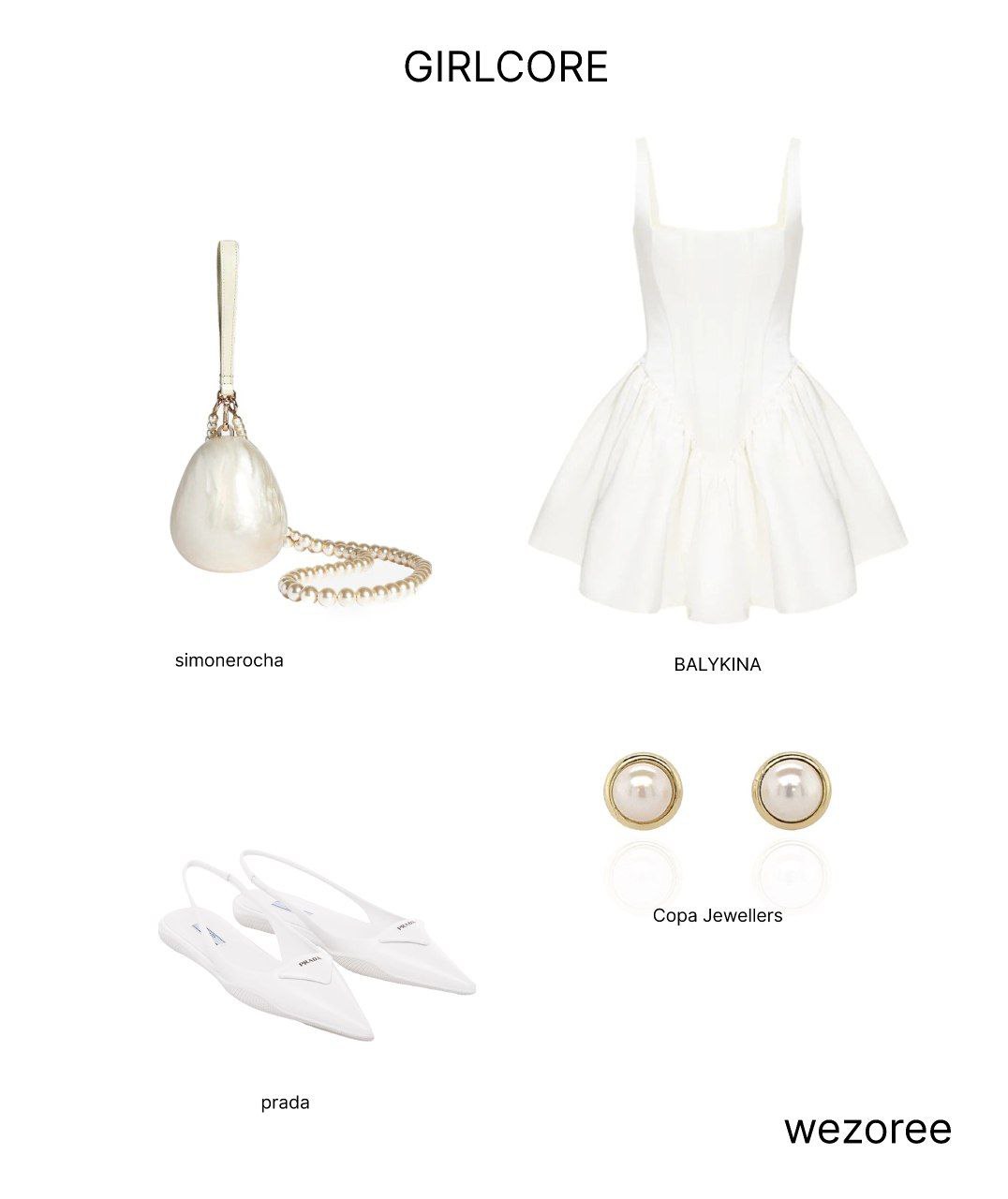Art de la Table: Elevating the Dining Experience with Style and Elegance
- Author: Natali Grace Levine
- Reading time: 3 min 50 sec
- Publication date: 05/16/2024
- Updated: 08/06/2025
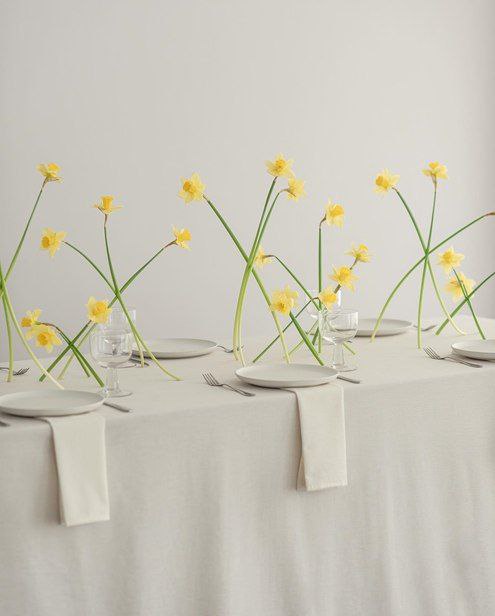
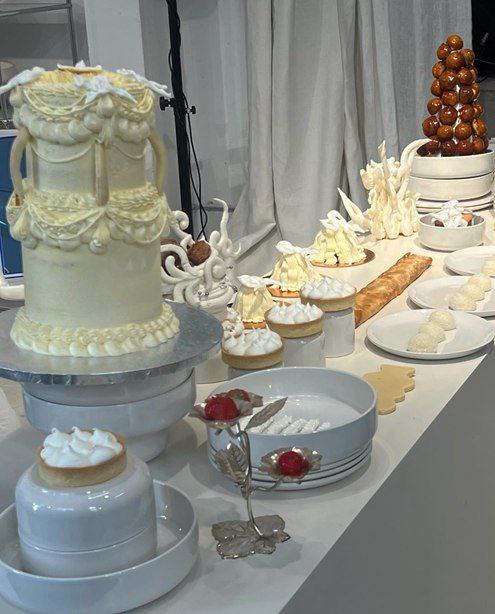
Welcome to the intriguing world of table setting, an art that transcends mere organization, into an aspect that elevates the dining experience to a higher artistic level. In the domain of entertaining and hospitality, acquiring proficiency in the art de la table opens up a universe of creativity and elegance that infuses charm into every meal. As we delve into the intricacies of this refined practice, you'll encounter a fascinating medley involving the harmonious balance of practicality and aesthetics. From a simple breakfast to a grand wedding banquet, the art de la table offers an opportunity to feast your eyes and enhance your dining ambiance extraordinarily. Let's embark on this artistic journey, where every mealtime metamorphoses into a delightful experience!
Find Your Perfect Wedding Vendors
Decoding the Basics of Table Setting
When setting a table, one should start with the basics: placemats, flatware, glassware, and napkins. Placemats serve as an elegant backdrop to your culinary display and protect the table surface from spills and heat. Choosing simple, neutral-colored placemats can accentuate the other elements of your table. Invest in sets that can be easily cleaned to preserve their fresh look.
Flatware should be placed according to the manner of usage, starting from the outside and moving inward with every new course. Traditionally, the fork is placed to the left of the plate, while the knife (blade facing inward) and spoon are placed to the right. Glassware should be placed above the flatware, to the right of the plate. Your water glass should always be filled and placed directly above the dinner knife.
Napkins are a key element that can dramatically enhance the ambiance of a table setting. They can be creatively folded, placed inside a napkin ring, or simply laid across the laps of the guests. Use high-quality cloth napkins for formal settings. For daily meals or casual gatherings, paper napkins with fun prints can perk up the table.
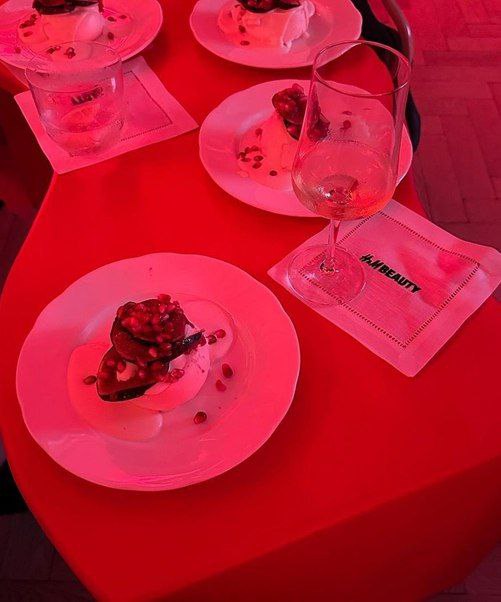
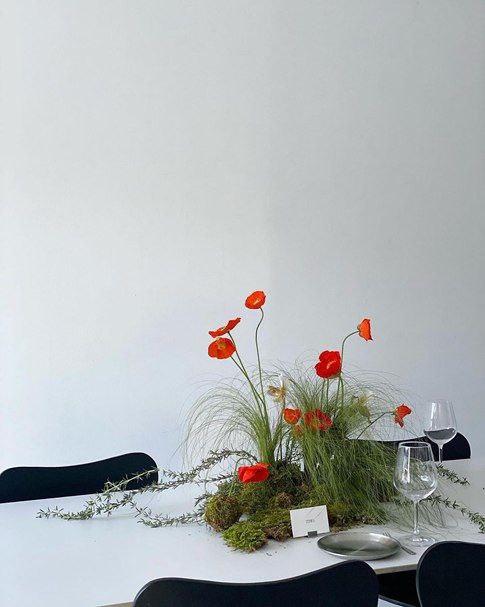
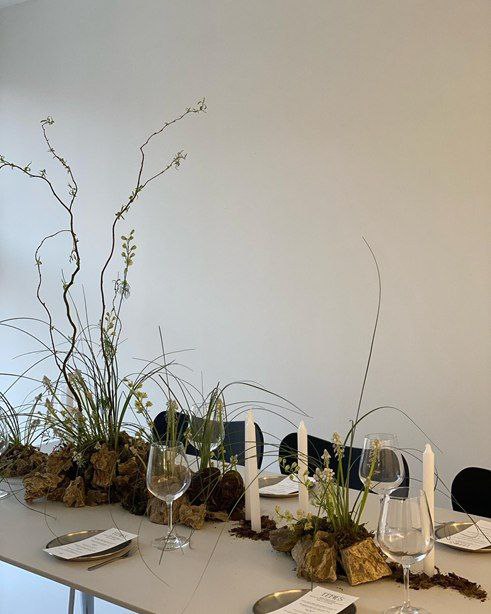
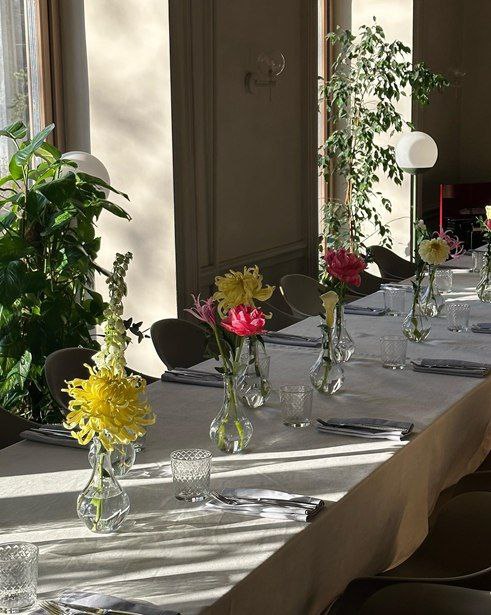
The Significance of Color and Material in Table Setting
Color and material play a significant role in the art de la table. The choice of color sets the mood and theme of a meal. If it's a celebratory event like a wedding, vibrant colors like red, pink, or gold can signify excitement and joy. Cool colors like green, blue, and grey can create a serene atmosphere for a formal business gathering or a soothing Sunday brunch. For romantic dinners, opt for colors that evoke passion and intimacy such as deep reds and purples.
Materials play a significant role in setting the tone of your dining experience. Fine china and crystal glassware bring an element of elegance, perfectly suited for formal and grand occasions. Conversely, for more casual and relaxed settings, using crockery made from earthenware or stoneware can introduce a rustic charm to your table setting.
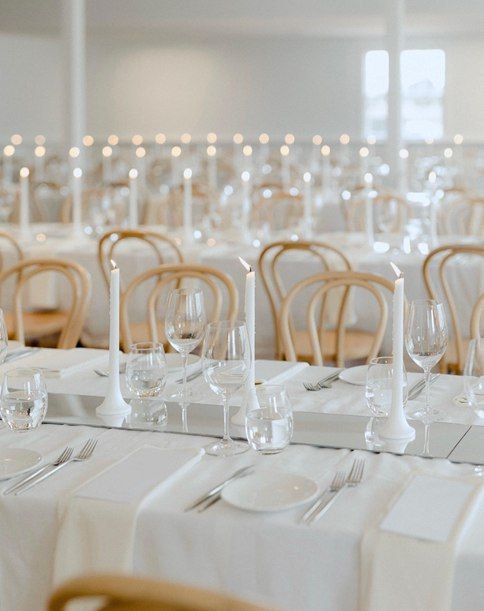
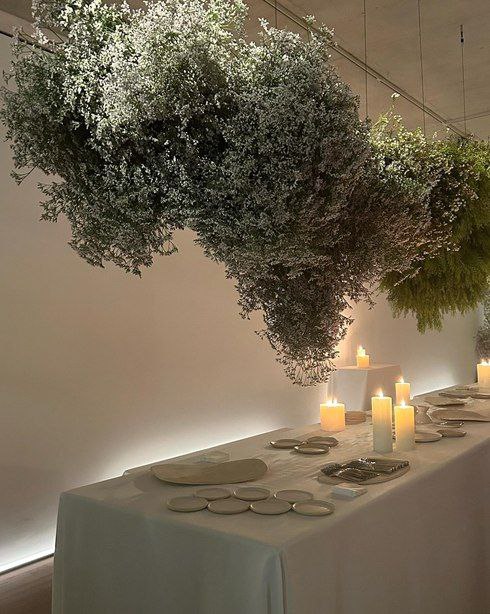
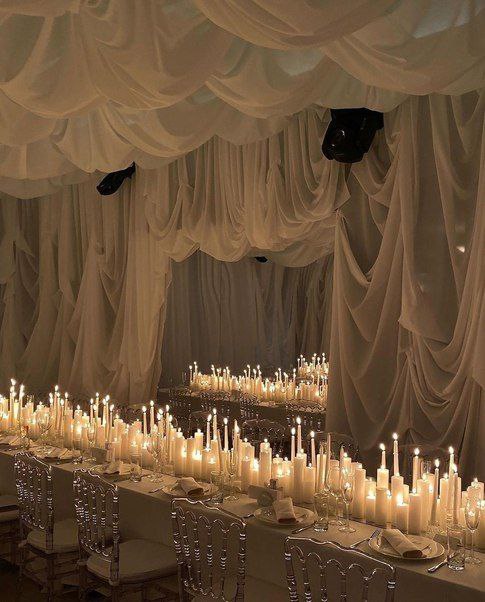
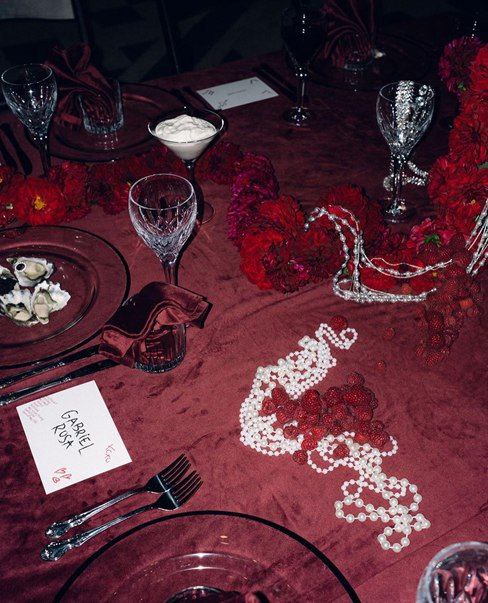
Mastering the Arrangement of Cutlery and Crockery
Setting the cutlery and crockery is not just about placement, it’s about arranging them in a way that makes it convenient for your guests to reach and use them. Forks should always be placed to the left of the plate, with the dessert fork closest to the plate. On the right side of the plate, the main dinner knife should be placed closest, next could be the soup spoon if it is a part of the menu, and then the teaspoons.
In the world of crockery, each dish has a specific place based on the order of the menu served. Bread plates should be placed to the left of the forks. The butter knife can rest horizontally on the bread plate. If a salad plate is used, it can be situated to the left of the forks or to the right of the knives, depending upon the sequence of the dinner course. Chargers, or larger plates, can add a finished and refined look to your table and traditionally, the dinner plate is positioned on top of it.
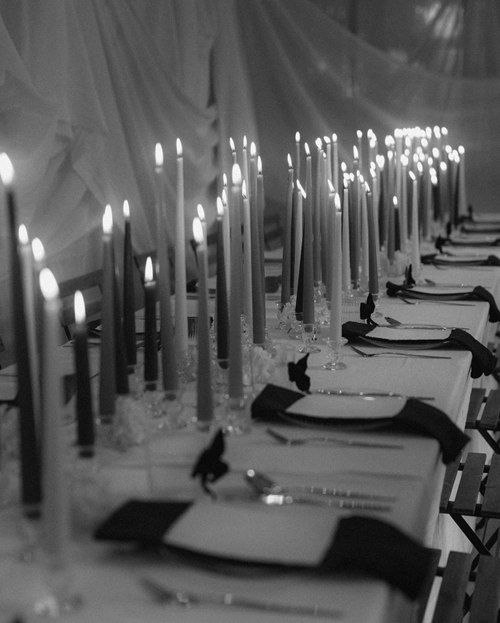
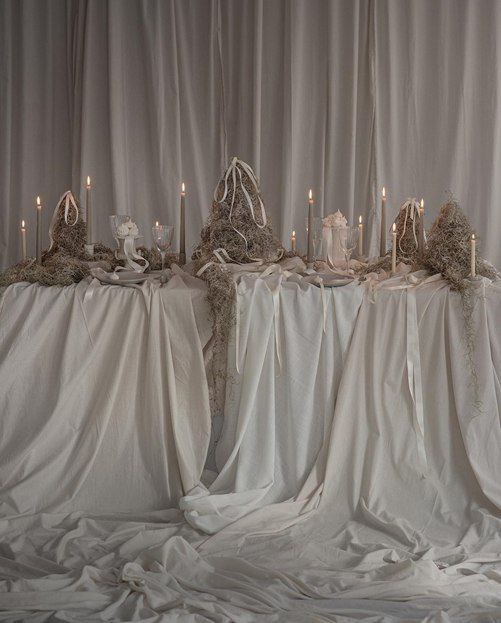
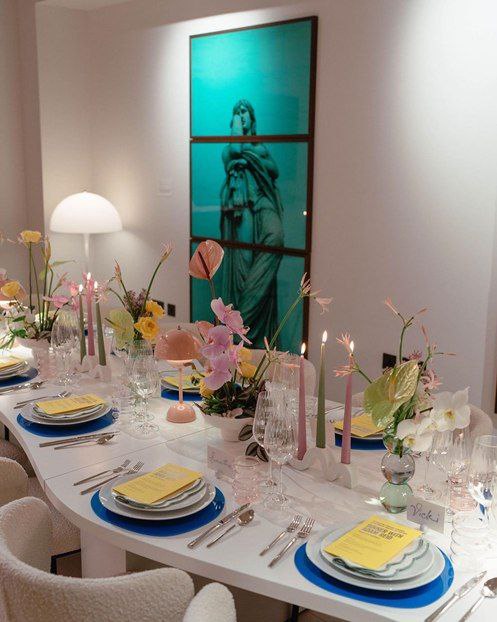
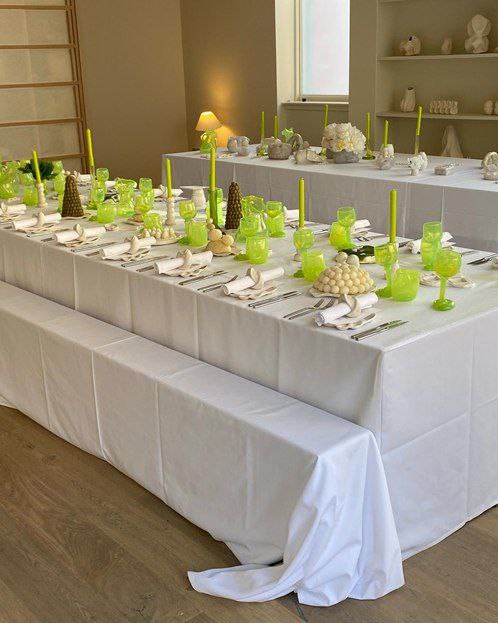
The Role of Centerpieces in Art de la Table
Centerpieces are the focus of a table when first viewing a set table. They help tie the table elements together and set the tone for the meal. Fresh flower arrangements are the most common centerpieces, but they can also be a themed decoration or an innovative DIY creation. When choosing a centerpiece, remember to consider its height. A centerpiece should not obstruct the view across the table, it's ideal if it’s less than 12 inches high.
The color and design of the centerpiece should complement the rest of the table's elements. An extravagant, intricately designed centerpiece would pair well with a simplistic tablecloth and dishware, and vice versa. Also, consider the choice of scent when using flowers or candles; the aroma should never overwhelm the aroma of the food.
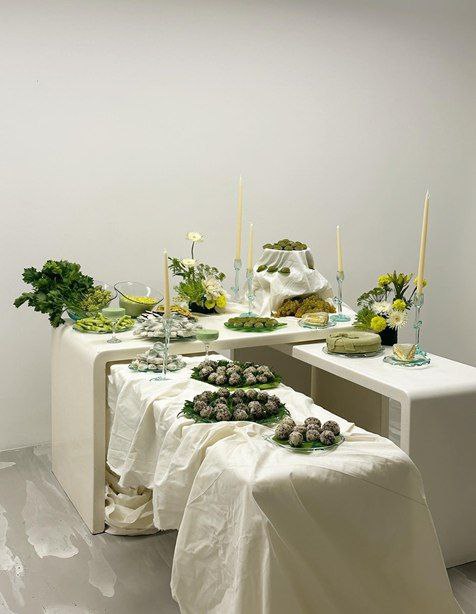
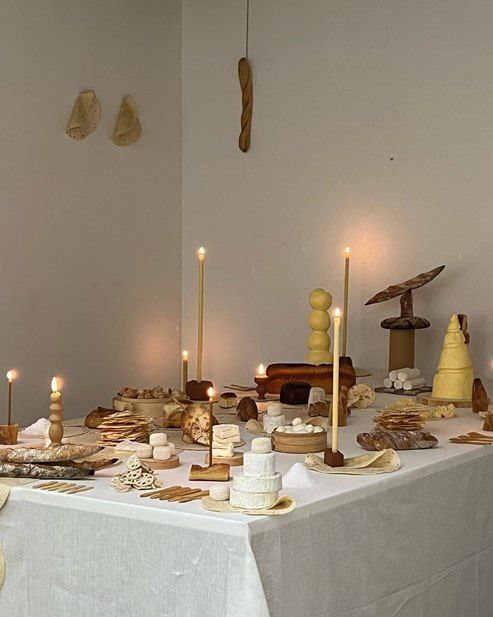
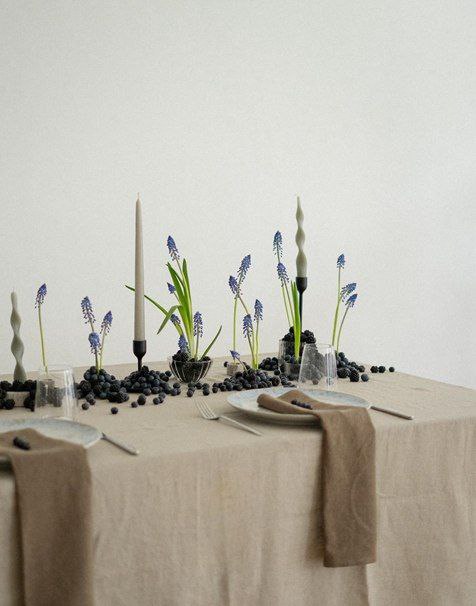
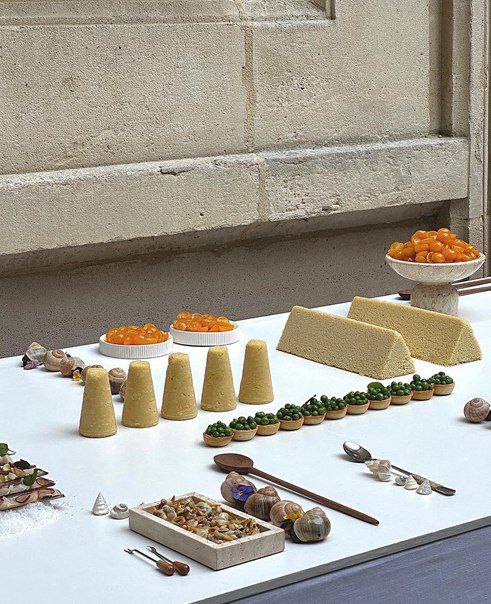
Conventional Versus Contemporary Table Setting
A conventional table setting is all about tradition and formal rules: precise placements of cutlery, glassware, and china; deliberate choice of colors, materials, and accents; and utmost attention to etiquette. Such a setting presents the table as a grand stage, turning dining into a ritzy event.
Contemporary table setting, on the other hand, defies rigid rules and embraces personal aesthetics. It plays with unconventional placements, vibrant colors, personalized accents, and quirky centerpieces. This style reflects individual personality and lends a cozy and relaxed charm to meal times.
While mastering the art de la table, one learns the balance between these two styles. You can follow conventional rules for formal gatherings, or break away from tradition with contemporary styles for a casual, fun dinner. The key is to ensure that the setting represents the mood and character of the occasion, and contributes to making your dining experience memorable.
